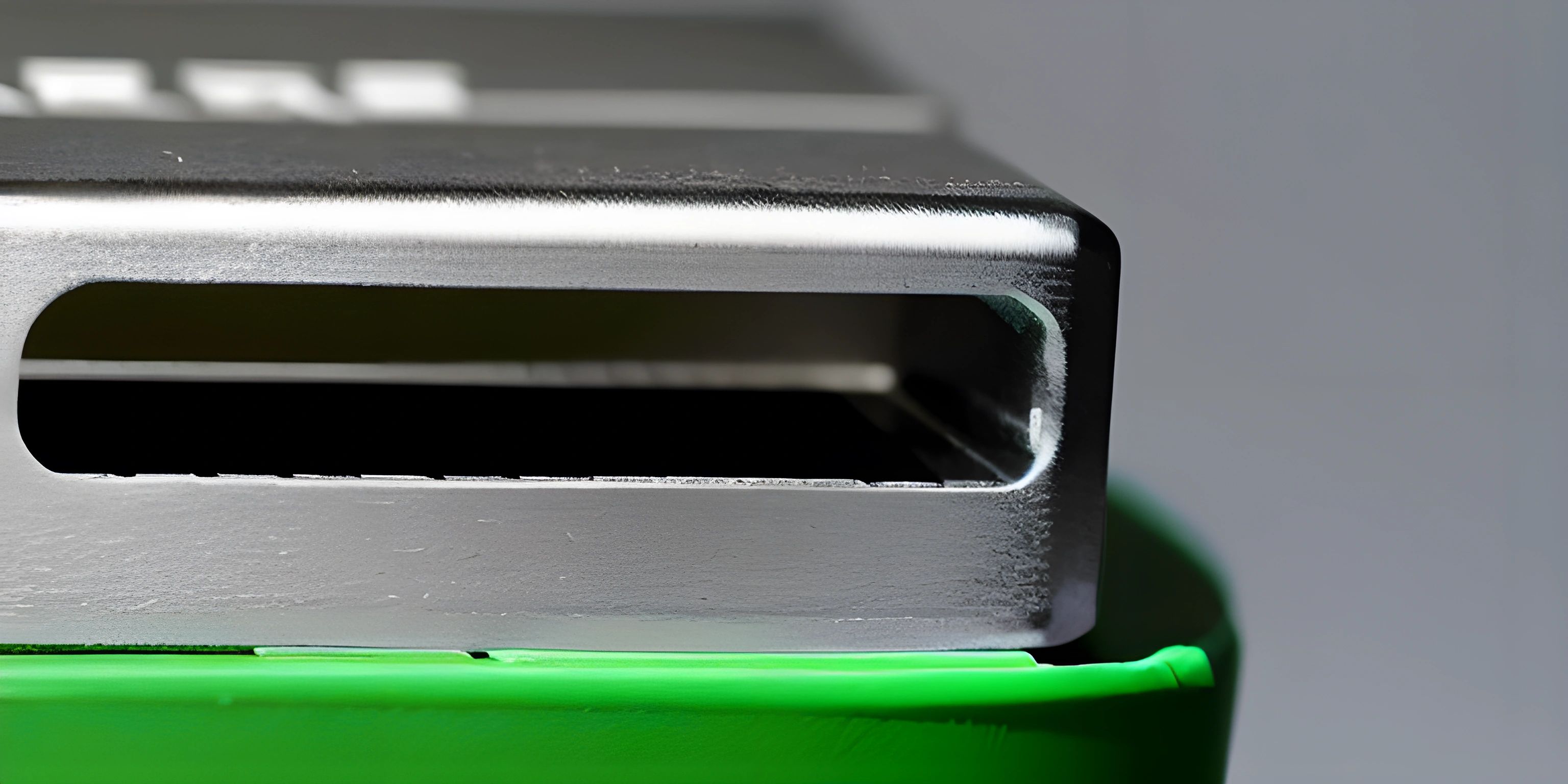Elixir Deployment

Note: this page has been created with the use of AI. Please take caution, and note that the content of this page does not necessarily reflect the opinion of Cratecode.
Deploying an Elixir application can be a little bit like launching a rocket: there's a lot of preparation, followed by a breathtaking moment when everything comes together. But fear not, brave developer! With a little guidance and practice, you'll be launching your own Elixir-powered rockets in no time.
Deployment Overview
Before we get into the nitty-gritty, let's take a moment to discuss what deployment means in the context of Elixir. Deployment is the process of taking your application's code, packaging it up, and putting it on a server so that it can be accessed by users. In Elixir, this typically means creating a release, which is a self-contained package that includes your application, its dependencies, and the Erlang runtime.
There are many ways to deploy an Elixir application, but the most common scenario involves using a web server like Nginx or Apache to serve your application over the internet.
Step 1: Prepare Your Application
Before you can send your Elixir application off into the wild, you need to make sure it's ready for the journey. This means ensuring that your application is properly configured and that all of its dependencies are in place.
Configuration
One of the main things you'll need to configure is your Elixir application's environment. The environment is a set of key-value pairs that dictate how your application should behave in different scenarios.
For example, you might have a development environment with debug logging and a production environment with minimal logging. You can define these environments in your config/config.exs file:
config :my_app, env: :development config :my_app, env: :production, log_level: :info
When you create a release, you'll want to make sure that your application is using the correct environment. You can do this by setting the MIX_ENV environment variable when building your release:
MIX_ENV=prod mix release
Dependencies
Your Elixir application likely depends on a number of external libraries, known as dependencies. When deploying your application, it's essential to make sure that all of these dependencies are included in your release.
You can do this by listing your dependencies in your mix.exs file:
defp deps do
[
{:plug, "~> 1.0"},
{:cowboy, "~> 2.7"}
]
endWhen you build your release, Mix will automatically include these dependencies in your package.
Step 2: Create a Release
Once your application is properly configured, it's time to package it up into a release. This can be done using the mix release command, which will create a self-contained package that includes your application, its dependencies, and the Erlang runtime.
mix release
This command will generate a ./_build directory containing your release, which you can then deploy to your server.
Step 3: Deploy Your Release
With your release in hand, it's time to send it off to your server. There are many ways to do this, but one of the most common methods is to use a tool like SCP or rsync to copy the files over to your server.
Once your files are on the server, you can start your application by running the start command from your release's bin directory:
./_build/prod/rel/my_app/bin/my_app start
This will start your application in the background, allowing it to serve requests from users.
Step 4: Configure Your Web Server
The final step in deploying your Elixir application is configuring your web server to serve your application over the internet. This typically involves setting up a reverse proxy that directs incoming requests to your Elixir application.
Here's an example of how to configure Nginx to serve an Elixir application:
location / {
proxy_pass http://localhost:4000;
proxy_http_version 1.1;
proxy_set_header Upgrade $http_upgrade;
proxy_set_header Connection "upgrade";
proxy_set_header Host $host;
}This configuration tells Nginx to forward requests to your Elixir application running on port 4000.
With your web server configured, your Elixir application should now be accessible to users over the internet. Congratulations, you've successfully deployed your Elixir application!
Remember, practice makes perfect. The more you deploy, the easier it becomes. So keep launching those rockets and exploring the vast universe of Elixir!
Hey there! Want to learn more? Cratecode is an online learning platform that lets you forge your own path. Click here to check out a lesson: Async Rust (psst, it's free!).





